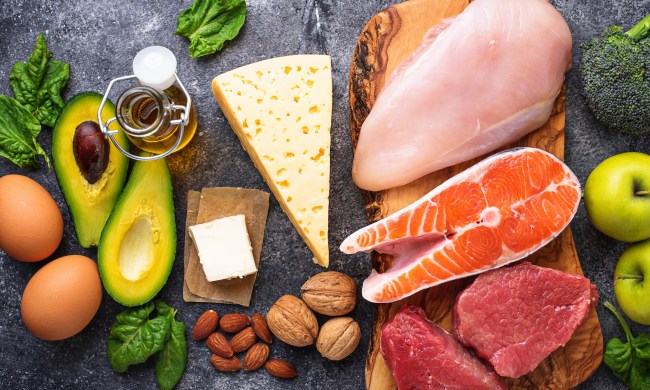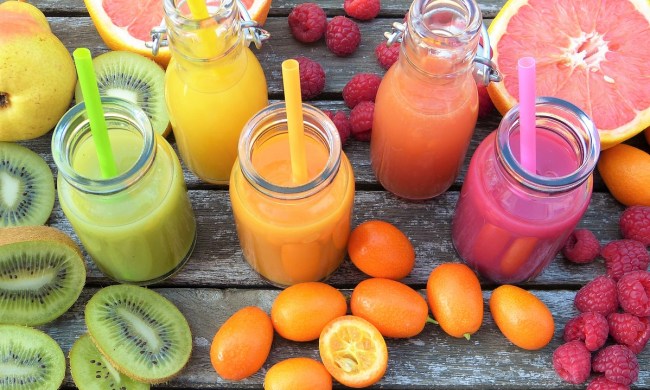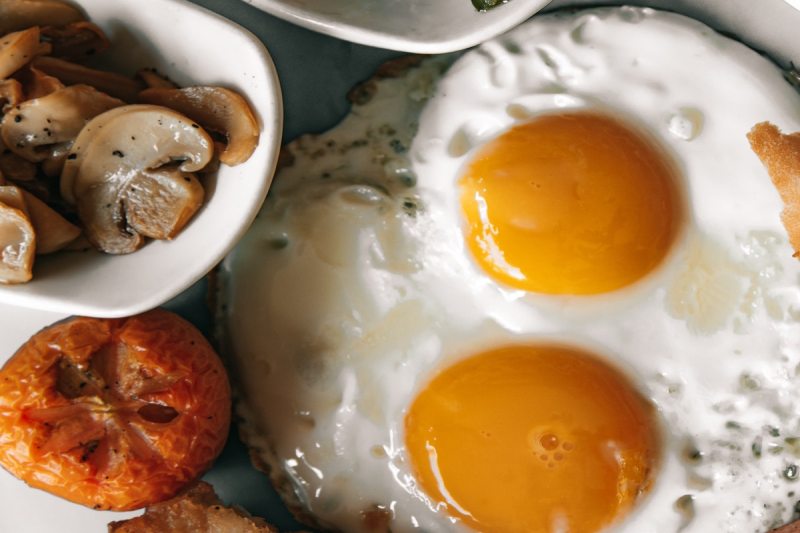
One of the best ways to take control of your health is through the implementation of a well-optimized wellness plan. The two biggest components that most people start to focus on first usually happen to be exercise and, more importantly, diet. All diets focus on the big three macronutrients: proteins, fats, and carbohydrates.
Sugars, starch, and fiber, which are types of carbohydrates, are found in nearly all foods to some degree, but in much higher quantities in foods like bread, oatmeal, pasta, cereal, and other grains, along with fruits, legumes, potatoes, and certain dairy products. Even the healthiest vegetables like kale and broccoli contain carbs. In contrast, foods like meat, poultry, eggs, and fish, are low-carb foods, with most of the calories coming instead from protein or fat.
While there are benefits to consuming carbohydrates, some people believe that carbs lead to excessive weight gain and cause unhealthy spikes in blood sugar. While that may not seem like a great fear for most, usually those individuals also have issues with portion control when it comes to consuming carbs. A low-carb diet aims to minimize carbohydrate intake as much as possible by focusing on consuming protein and fat and limiting high-carb foods. If you love steak, chicken, and scrambled eggs, you may find that a low-carb diet is the best way for you to lose weight without feeling deprived. Keep reading for our complete guide on getting started with a low-carb diet to decide if ditching the bread is your path to better health.
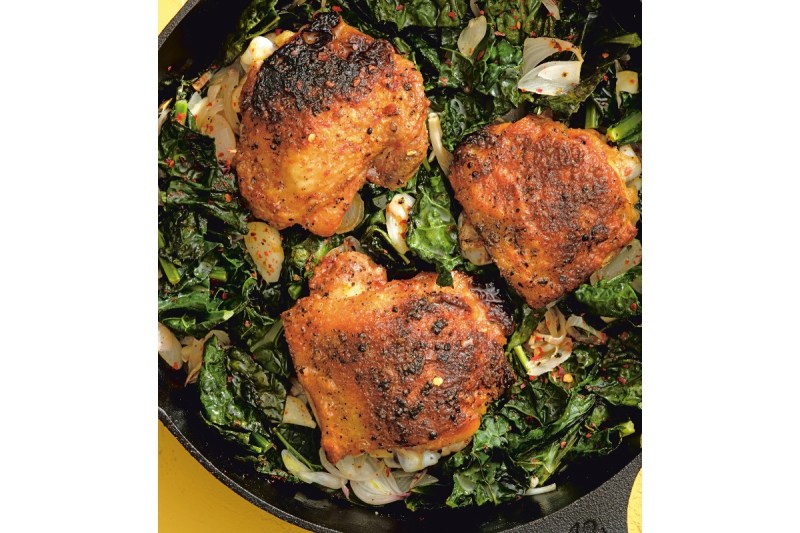
What is a low-carb diet?
Low-carb diets, by definition, restrict carbohydrate intake. However, there are no hard-and-fast rules about how many carbs you can consume on a generalized low-carb diet. There are specific low-carb diets, such as the keto diet, with strict carbohydrate intake values, but the term “low-carb diet” is an umbrella term that embodies any eating pattern that limits carbohydrate intake. The typical foods for a low-carb diet may vary from person to person, as there are also no particular foods you have to eat. That said, the macronutrient split in a low-carb diet usually limits carbohydrates to 25% of the daily caloric intake. Protein and fat make up the remaining 75%, with flexibility in the relative proportions of each.
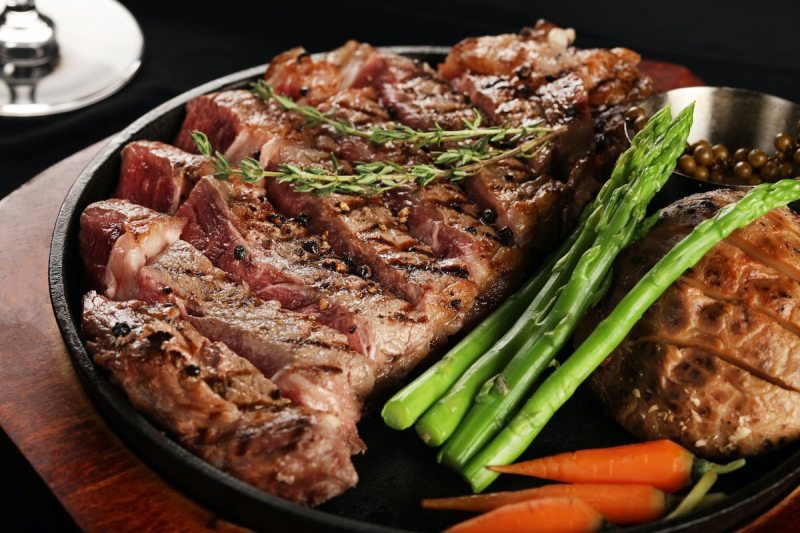
What are the benefits of a low-carb diet?
Like most popular diets, low-carb diets are intended to help people lose weight and improve markers of health. Excessive sugar consumption is associated with weight gain and obesity, high cholesterol, and type 2 diabetes because it increases the production and exposure to the hormone insulin. By limiting carbohydrates, sugar intake is drastically reduced, which reduces insulin secretion, and indices of health often improve.
Moreover, many people experience significant weight loss after starting a low-carb diet, with some reporting feeling fewer cravings, easier satiety, and less desire to binge. Moreover, because high-carb foods tend to be more readily available and easy to eat mindlessly (potato chips, pretzels, crackers, pasta, cookies, or even fruit), following a low-carb diet can reduce the availability of binge-able foods and their accessibility—and thus, caloric intake—by default. Those who have insulin resistance, metabolic syndrome, or type 2 diabetes often report improvements in blood sugar regulation after adopting a low-carb diet.
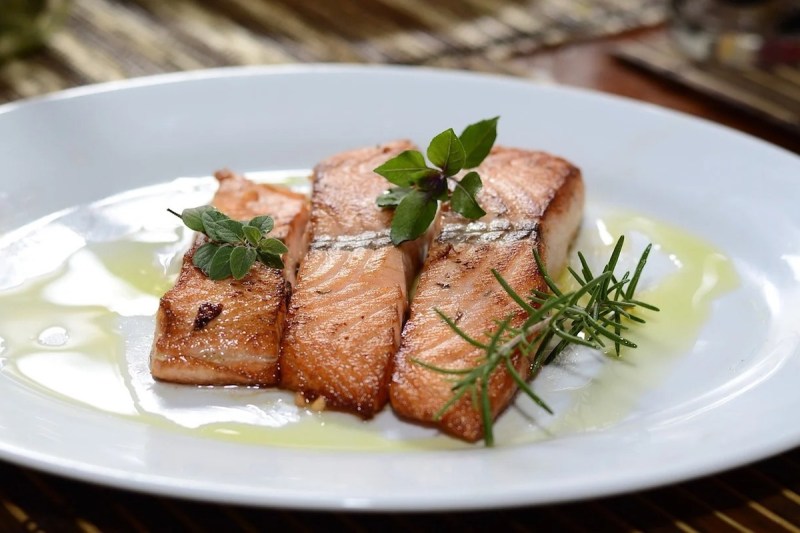
What foods can you eat on a low-carb diet?
Low-carb diets encourage the consumption of unprocessed foods high in protein and/or fat, along with a moderate intake of non-starchy carbohydrates to get antioxidants, vitamins, minerals, and fiber:
- Meat: Beef, pork, veal, lamb, venison, bison, etc.
- Fish and seafood: Salmon, trout, cod, sardines, tuna, mackerel, lobster, crab, scallops, shrimp, mussels, clams, squid, etc.
- Poultry: Chicken, turkey, duck, quail, etc.
- Eggs: Chicken eggs, turkey eggs, duck eggs, quail eggs, etc.
- High-fat dairy: Whole milk, cheese, cream, butter, cottage cheese, etc.
- Non-starchy vegetables: Spinach, kale, Swiss chard, broccoli, zucchini, cucumbers, onions, cauliflower, asparagus, radishes, etc.
- Low-sugar fruits: Pears, melons, oranges, apricots, berries, lemons, kiwi, coconut, tomatoes, etc
- Nuts and seeds: Almonds, pistachios, walnuts, cashews, pecans, chia seeds, flax seeds, pumpkin seeds, sesame seeds, hemp seeds, sunflower seeds, macadamia nuts, Brazil nuts, etc.
- Healthy fats and oils: Olive oil, avocados, flaxseed oil, coconut oil
- Herbs and spices: Basil, thyme, pepper, cinnamon, nutmeg, ginger, salt, rosemary, cumin, chili powder, etc.
- Unsweetened beverages: Water, tea (herbal tea, green tea, black tea, etc.), red wine, coffee, milk
The following can be eaten in moderation depending on your particular dietary and energy needs:
- Root vegetables: Carrots, parsnips, beets, etc.
- Fruits: Bananas, pineapple, papaya, apples, pomegranate, plums, etc.
- Legumes: Beans, peas, lentils, peanuts, soy, etc.
- Sprouted grains and seeds: Quinoa, barley, oats, brown rice, etc.
- Chocolate

What foods are not permitted on a low-carb diet?
The guiding principle of the low-carb diet is to limit anything sugary, starchy, or high in carbohydrates. As such, most foods rich in carbohydrates are excluded or should be eaten only rarely and in small amounts. Again, the goal is to consume no more than 25% of your daily caloric intake from carbs, and of those, the majority should be high-fiber, complex carbohydrates rather than sugars. Low-carb diets avoid the following:
- Most grains: Pasta, bread, crackers, rice cakes, cereal, oatmeal, bagels, rice, couscous.
- Starchy vegetables: Potatoes, sweet potatoes
- Dried fruit: Dried apricots, raisins, dried dates, prunes, etc.
- Sweeteners: Sugar, honey, agave, corn syrup, jellies, jams, pudding, fruit juices, soda, sweet tea, applesauce, etc.
- Desserts and sweets: Ice cream, pastries, cookies, doughnuts, pies, pudding, sweetened yogurt, etc.
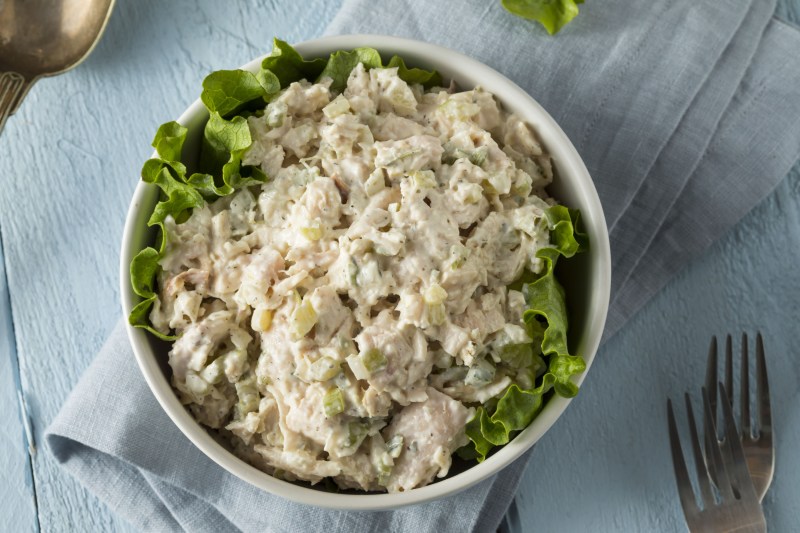
Sample low-carb diet meal plan
Curious about what a day of eating might look like on a low-carb diet? Below, we share a sample low-carb meal plan:
- Breakfast: Omelet with cheddar cheese, green pepper, and onion, coffee
- Lunch: Chicken salad lettuce cups, tomato, and feta salad
- Snack: Berries and walnuts
- Dinner: Grilled salmon, zucchini noodles, asparagus
- Snack: Coconut milk smoothie with chocolate protein powder and almonds
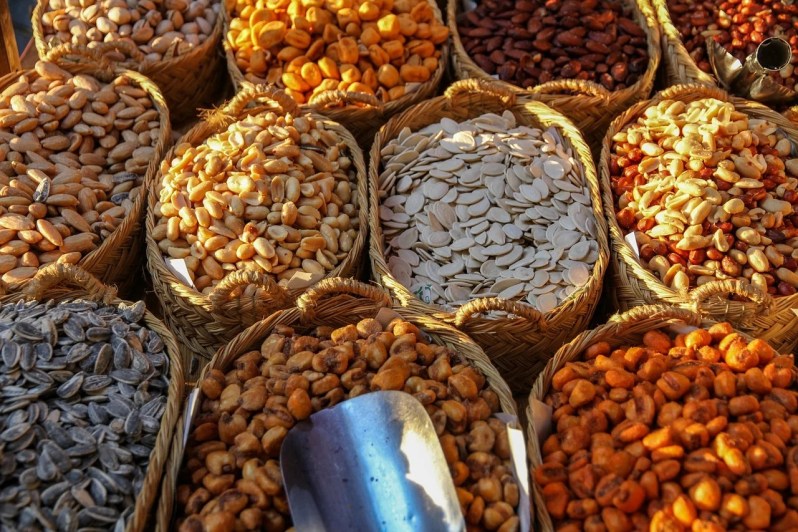
Sample low-carb diet snacks
You may have to snack more when following a low-carb diet, so you want to be armed with plenty of low-carb snack ideas, as some planning is necessary. Here is a list of some great ideas for your snacks:
Savory snacks:
- Hard-boiled eggs: A classic high-protein snack with only 0.5 grams of carbs per egg.
- Beef jerky: Choose varieties with no added sugar, around 2 grams of carbs per serving.
- Pork rinds: Crunchy and satisfying, about 1 gram of carbs per serving. Dip in guacamole or salsa for added flavor.
- Cucumber slices with cream cheese: Refreshing and light, with around 2 grams of carbs per serving.
- Celery sticks with almond butter: Creamy and crunchy, with around 3 grams of carbs per serving.
- Avocado slices with smoked salmon: Rich and decadent, with around 4 grams of carbs per serving.
- Olives: Tangy and flavorful, around 1 gram of carbs per olive.
- Nuts and seeds: A good source of healthy fats and protein (watch portion sizes) with 6 grams of carbs per ounce for almonds; 5 grams of carbs per ounce for pumpkin seeds.
Sweet snacks:
- Berries with unsweetened whipped cream: Delicious and rich with antioxidants, around 5 grams of carbs per serving.
- Dark chocolate (70% cocoa or higher): Rich in antioxidants and satisfying, around 6 grams carbs per serving.
- Greek yogurt with berries and chia seeds: Creamy and packed with protein, with around 8 grams of carbs per serving.
- Coconut chips: Toasted coconut flakes with a natural sweetness, around 8 grams carbs per serving.
- Bell pepper slices with a low-carb dip: Crunchy and refreshing, with around 4 grams of carbs per serving.
A low-carb diet is a great way to reduce systemic inflammation and improve overall health. Regardless if you decide to opt-in to this diet for a short time, or the long haul, it surely is one of the tastiest choices around.


